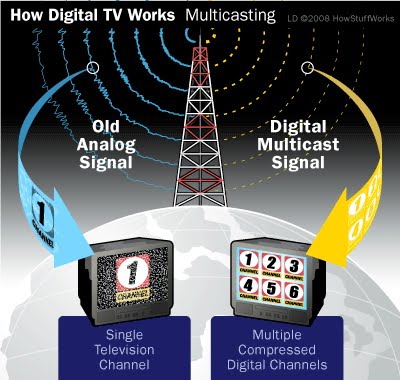But last month, a new startup in Zürich, Switzerland, MyFlickbooks.com, launched an iPhone application that lets users take their own short 15-second videos, upload them to their servers, and then, for a small fee, prints that video as a small, 50-page flick book, which the company says is about the size of an iPhone (10 cm x 5.5 cm, or 3.9 inches x 2.1 inches). Welle spoke with Stephan Mousson, the company’s office manager.
So how did this idea get started?
Actually it started some years ago, basically it’s based on our love for animation and flick books and we wondered if it’s not possible to print custom-made flick books. We started programming and we started to fall in love with this idea and it all grew. We started with this idea, programmed the software and it’s actually licensed to some other partners in Europe. Then recently we said ‘Why don’t we do an iPhone app?’ So we created an iPhone app, and what happens is that when you record a movie. Then you can transform the movie into a real flick book that gets sent to you by mail afterwards.
The software isolates the frames, is that what happens?
Yes, but the technical part is not so tricky. The tricky part is actually the printing part. You can use whatever film or video you have on your iPhone or record a new video and you upload it to the servers. What we do is convert the film into images, and then those images get printed, and bound. Finally, you receive it – this is the magic part of the flick book business. Suddenly you receive it by mail, and I hear all the time from our customers: ‘Wow, this is magical!’
Do you only sell in Switzerland, Europe or around the world? Who are your customers?
We sell worldwide. We do ship from Switzerland, so our main customers are European, but we do have customers worldwide, like, in Japan, for example.
How much is one flick book?
They cost 10 euros ($14) and additional postage. The more postage you buy, the cheaper they get. Basically we don’t differentiate between the iPhone app and the website, where you can upload your movies, for a greeting card or birthday, and we do it the same way, into a real flip book.
It seems that you are taking a relatively modern technology, and turning it into an old technology, which is flip books. How do you feel about that? It’s interesting, but it’s a bit retro, no?
It’s totally retro, you’re right. That’s the fun part. We have so many videos everywhere. If you go on the Internet, there are videos on plenty of sites. But the best videos you have, when you print it, this is amazing. We have a lot of family flick books. Imagine you film your little kids taking their first step and then you give it to your grandparents — this is an amazing moment. We have pre-recorded messages, and it’s a way to show something different than when it’s printed, or if you see it on the computer. It’s retro, but it’s a gadget, it’s a lovely, cute gadget. When you flip through the pages, and you see the animation – it’s the one that you made just before. That’s why we’re so excited about flipbooks.
In recent years we’ve seen people taking Internet technologies and making them analog. It reminds me of a recent German startup that takes people’s RSS feeds and printing them on a newspaper and then delivering them to their house. Were you inspired by these ideas?
 No, we were more inspired by traditional photo albums. Then we thought, why don’t we print videos? Because in videos you can express so much more when you have the animation part. Then there’s this old technology – here we are with the new company that sells flip books worldwide. And to come back to your question: When I receive a flip book and I hold them in my hand, it feels like I have a slice of the Internet sometimes. It’s like one piece of the huge Internet cake, and you’re instantly holding it in your hand, and it feels special to know that it was digital before and now you’re holding it in your hand.
No, we were more inspired by traditional photo albums. Then we thought, why don’t we print videos? Because in videos you can express so much more when you have the animation part. Then there’s this old technology – here we are with the new company that sells flip books worldwide. And to come back to your question: When I receive a flip book and I hold them in my hand, it feels like I have a slice of the Internet sometimes. It’s like one piece of the huge Internet cake, and you’re instantly holding it in your hand, and it feels special to know that it was digital before and now you’re holding it in your hand.
Source: Dw.world.de news













